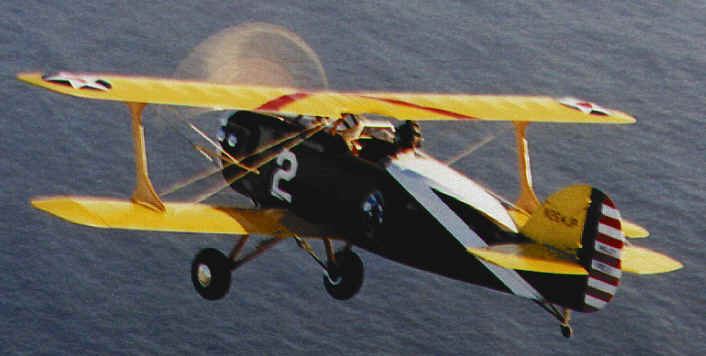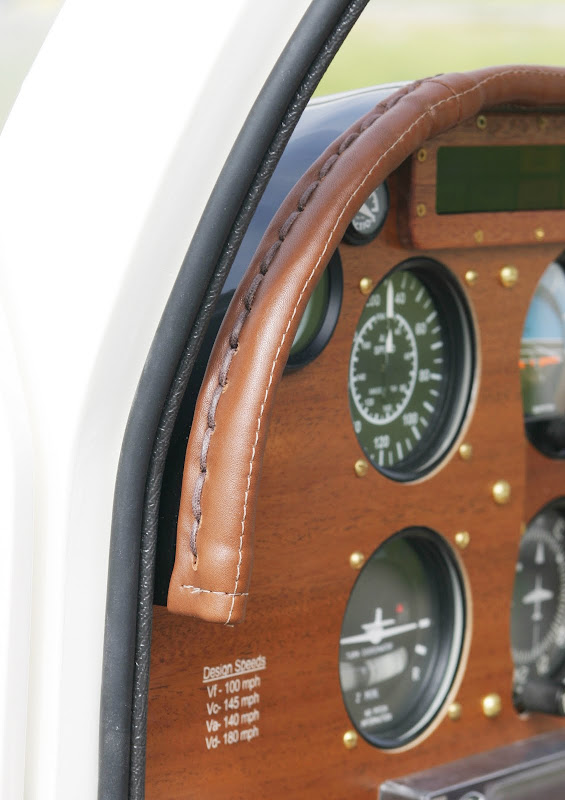pierre smith
Well Known Member
Early this morning, over a cup of coffee and the new Sport Aviation magazine, I realized just what an incredibly steep, uphill climb it is for some experimental builders.
A gentleman in the San Francisco Bay area built a Spencer Air car, 4 place amphibious pusher airplane from plans, in a 300 sq. foot back yard and an 800' apartment!!
He had no kits, no factory support and no forums and he'd never built an airplane either. He didn't know how to weld, which he had to learn, nor had he done any fiberglass work or aircraft woodwork, where he had to make every rib, spaced 1 foot apart, by routing each one.
Ten years later, he flew it to Oshkosh, after sewing his own interior, learning to paint, learn to wire the systems, doing even that himself, and we wonder if we can build an RV!!
For us, it's all downhill from day 1. For him, it was all uphill from day 1.
The things we have to do to get flying is oh-so-much simpler. Look at the article and feel blessed, since you'll easily see how easy we really have it.
Best,
A gentleman in the San Francisco Bay area built a Spencer Air car, 4 place amphibious pusher airplane from plans, in a 300 sq. foot back yard and an 800' apartment!!
He had no kits, no factory support and no forums and he'd never built an airplane either. He didn't know how to weld, which he had to learn, nor had he done any fiberglass work or aircraft woodwork, where he had to make every rib, spaced 1 foot apart, by routing each one.
Ten years later, he flew it to Oshkosh, after sewing his own interior, learning to paint, learn to wire the systems, doing even that himself, and we wonder if we can build an RV!!
For us, it's all downhill from day 1. For him, it was all uphill from day 1.
The things we have to do to get flying is oh-so-much simpler. Look at the article and feel blessed, since you'll easily see how easy we really have it.
Best,








